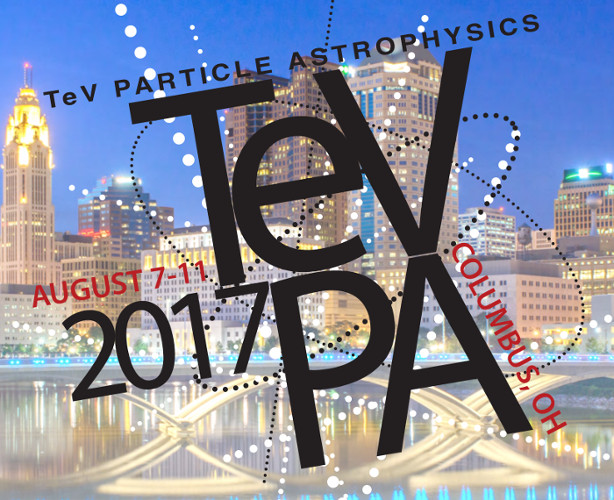Speaker
Description
The X-ray emission from pulsar wind nebulae arises from particles accelerated at the shock that terminates the relativistic, strongly magnetized pulsar wind. However, conventional theories of particle acceleration break down at this shock, because the combination of low particle density and strong magnetic field places it outside the
domain of validity of MHD. We first discuss how particles are, nevertheless, injected into a first-order-Fermi-like process and accelerated. We then study their acceleration in the equatorial region of the termination shock. To do so, we integrate the individual trajectories of electrons and positrons, in the test-particle limit, in the background electromagnetic fields present in that region. We find that the spectrum of accelerated electrons (or positrons, depending on the polarity) is significantly harder than $E^{-2.2}$. We calculate the resulting synchrotron spectrum, and compare our results with Chandra observations of the X-ray spectrum of the Crab nebula.
I am also submitting an abstract to the track "cosmic rays".

